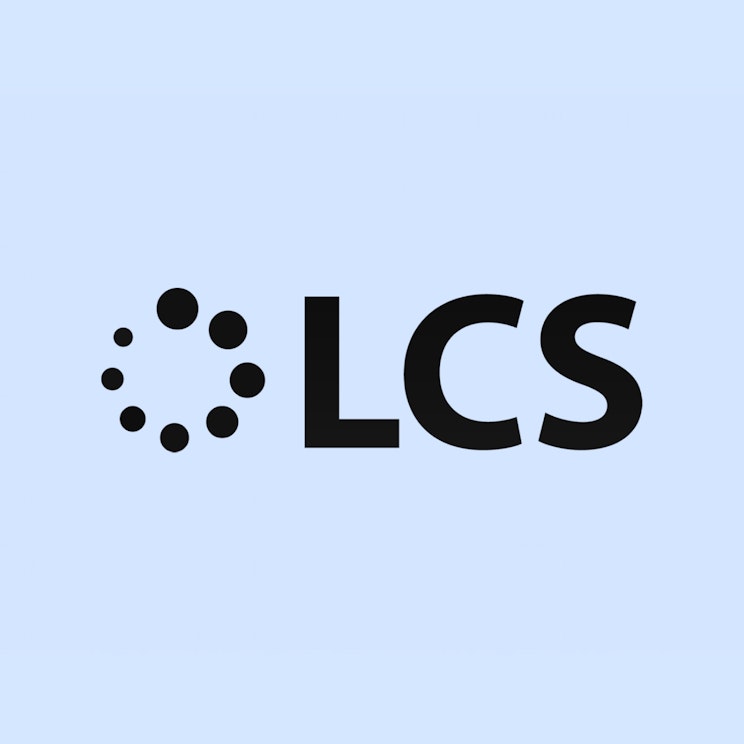

BlaBlaCar democratizes research and testing with Maze
Learn how community-based travel network BlaBlaCar democratized research and implemented rapid testing with users worldwide.
About BlaBlaCar
BlaBlaCar is the world's leading community-based travel network. Incorporating bus or carpool, it serves over 90 million users in 3 continents.
Industry
Travel, Tech & Software
Opportunity
Conduct remote, localized testing to better understand their customers' needs and improve user experience across different platforms and languages.
Key Maze features used
Prototype Testing
Automated Reporting
Share
Outcome
With Maze, BlaBlaCar was able to rapidly test and validate changes to in-app content, increasing the number of user responses collected by 4x. This fast and scalable feedback collection method led to more informed product decisions and helped democratize research and testing across the organization.
Over the past 10 years, BlaBlaCar has drastically expanded its business model. What started as an app for carpooling between cities is now focused on shared travel with over 90 million users across 22 countries. They are incorporating buses into their offering and will soon have trains as well. Alongside these changes, they recently added a commuting carpooling app called BlaBlaCar Daily to their portfolio.
This exciting expansion also means that over 80% of their customer base is far away from their headquarters in Paris, France. So, BlaBlaCar had to make some changes in the way they work to be able to better serve and understand their diverse customer base located on three different continents.
We connected with Maud Plessis, Senior Researcher, and Ardena Gonzalez Flahavin, Content Strategist, to learn more about how their teams work together to conduct rapid, remote testing and amplify their users’ voices.
Research—an organizational priority
At BlaBlaCar, user researchers, content strategists, and product marketers are all part of the Member Engagement team. The Member Engagement team sits within Product and works with them and the design team on a daily basis. “All of these roles are transversal, so this setup allows us to impact different areas of the end-to-end user experience,” says Ardena.
“User centricity is part of BlaBlaCar’s DNA,” says Maud. One of the company’s core principles is to ‘Be the member,’ which encourages everyone in the company to walk in their users' shoes. “We try to go on the road with BlaBlaCar each month so that we can experience the whole user journey,” highlights Maud.
Another part of this initiative is a Slack channel that everyone can join and learn more from the user interviews the research team is running. The research team also sends a monthly report to the product and engineering teams, compiling the learnings they discover each month.
This way, BlaBlaCar ensures that research is involved in all stages of the product building process, from product discovery and development to launch and feature adoption.
The search for faster solutions
The research team at BlaBlaCar works with local research agencies to better understand users in the countries they operate. For the discovery phase, they do focus groups, interviews, and exploratory research projects. In the production phase, they work with these same partners to do usability testing.
Working with local agencies on qualitative research yields valuable insights, but the BlablaCar team has to wait for two, sometimes three weeks, to get the results. They wanted something quicker to validate concepts and copy during the design phase.
Before the pandemic, they tried filling the gap with guerrilla testing around their HQ in Paris. However, "this type of testing was biased because more than 80% of users are not based in France," says Ardena. So the team wanted to be able to run localized testing to get more accurate results.
Additionally, a key requirement was to test different narratives in the app by having the design and content side by side. This was especially important for validating product content.
Everyone has an opinion about the narrative, so the final decision had to be made by the user.

Maud Plessis
Senior Researcher @ BlaBlaCar
Share
Bringing rapid testing to product decisions
Testing and validating content to figure out the right messaging was one of the main pain points for BlaBlaCar’s product and marketing teams. “Everyone has an opinion about the narrative, so the final decision had to be made by the user,” says Maud.
When deciding which tool to use, they prioritized the options by the end-user experience the tools provided. When they test, they are asking users for help, so Maud wanted something effortless and intuitive that would get their users to participate and run without hassle. “We were looking for a user-friendly interface, and Maze is amazing at that. Users don’t have to download any app with Maze, so this was a plus for us. And it was also fast and easy to set up for the team,” highlights Maud.
The BlaBlaCar team started using Maze to communicate in-app content changes to test sentiment and clarity with users. For instance, they recently ran a project targeted at their user base in Russia. They designed the questions, had them translated in Russian and set up a push notification through Braze, their CRM, to share the Maze test with their target audience. The team started seeing the results come in real-time in Maze and were able to stop the test when they reached their required number of users.
“We just take the Maze reports which are very visual. There’s no need to add anything else because we already have everything in Maze. It’s a low-effort initiative for us,” says Maud.
There’s no need to add anything else because we already have everything in Maze. It’s a low-effort initiative for us.

Maud Plessis
Senior Researcher @ BlaBlaCar
Share
Compared to the in-person guerilla tests that only got them five or six responses, with Maze, they can now easily collect 20 responses in less than 24 hours. “Depending on the project, the completion rate is between 42 to 97%, which is enormous. We craft a rapid survey and usually ask open-ended questions, so these are great results,” says Maud.
When they need to collect results from a larger pool of participants, BlaBlaCar is now able to reach over 100 responses without increasing costs. “I think the greatness of Maze is being able to collect qualitative and quantitative data,” says Maud.
I think the greatness of Maze is being able to collect qualitative and quantitative data.

Maud Plessis
Senior Researcher @ BlaBlaCar
Share
Promoting the voice of their users at scale
After the impact of Maze on that first project, the team quickly expanded the usage to four other projects. Besides how easy it is for users to answer and for the team to implement, they appreciate that they can collect quantitative and qualitative data with Maze without spending time building reports.
BlaBlaCar values research as a key component of any decision-making process. However, the increasing demand for data and insights was often higher than what the research team could handle. With Maze, they’re now able to meet more research needs, especially during the design and content iteration phases. "We want to empower our product team with the tool so that they can rapidly test ideas on their own," says Maud.
We want to empower our product team with the tool so that they can rapidly test ideas on their own.

Maud Plessis
Senior Researcher @ BlaBlaCar
Share
“One of our goals was adopting a tool easy enough to use so that other team members could set up research on their own if needed, and [Maze] was perfect for that,” says Ardena.
Now, they are also looking to share best practices to equip everyone in the product and marketing teams to build surveys and tests in Maze. With this new approach, the BlaBlaCar Research team is democratizing research and testing across the organization and promoting the voice of their users at scale.




